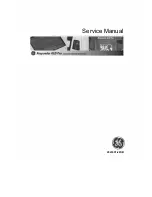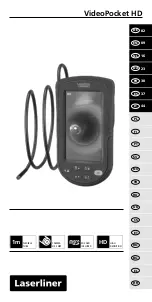
4
Learning Center
Prepare Samples and Blanks
Thermo Scientific
NanoDrop One
C
with NanoDropQC Software User Guide
67
Choosing and Measuring a Blank
The buffer used to resuspend a sample analyte can contribute absorbance. Blanking minimizes
any absorbance contribution due to the buffer components from the sample measurement.
The resulting sample spectrum represents the absorbance of only the analyte of interest. For
more information, watch the multimedia training
What is a blank?
For best results:
• For most applications, blank with the same
buffer solution used to resuspend the analyte of
interest. The blanking solution should be a
similar pH and ionic strength as the analyte
solution. For details, see “To measure samples”
in the application used.
• Measure new blank before each set of samples.
It is not necessary to blank the instrument
before each sample measurement unless the
samples are dissolved in different buffer
solutions.
• Measure a new blank every 30 minutes.
• Run a
your blanking solution before using it to
perform sample measurements. For a quick
demonstration, watch the multimedia training
Evaluating a Blanking Solution for Suitability
.
The resulting spectrum should vary no more
than 0.04 A (10 mm equivalent) across the
spectrum, especially at the analysis wavelength
as in the example at the right.
If the resulting spectrum is greater than 0.04 A
around the analysis wavelength, that buffer
solution may interfere with the sample analyses,
especially for low concentration samples. See
below for details.
Good blanking buffer (measured abs < 0.04)
















































